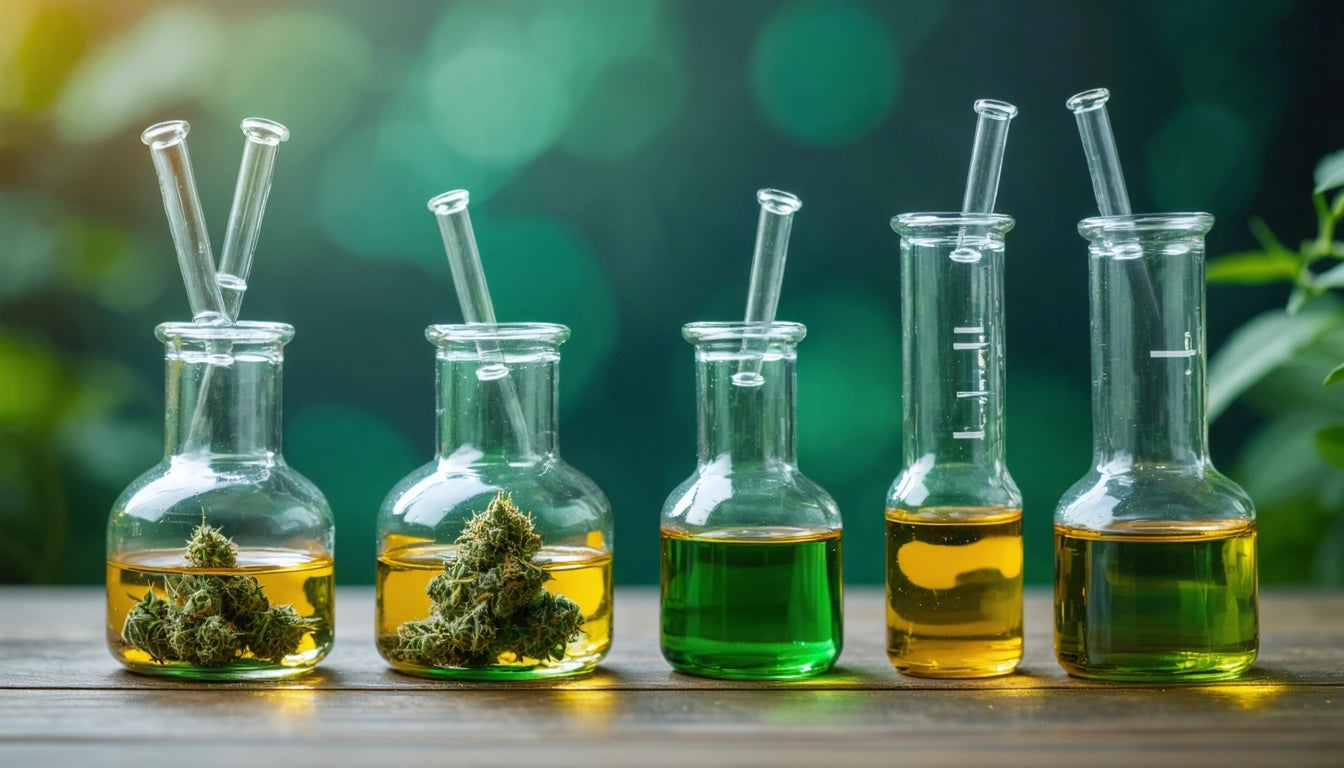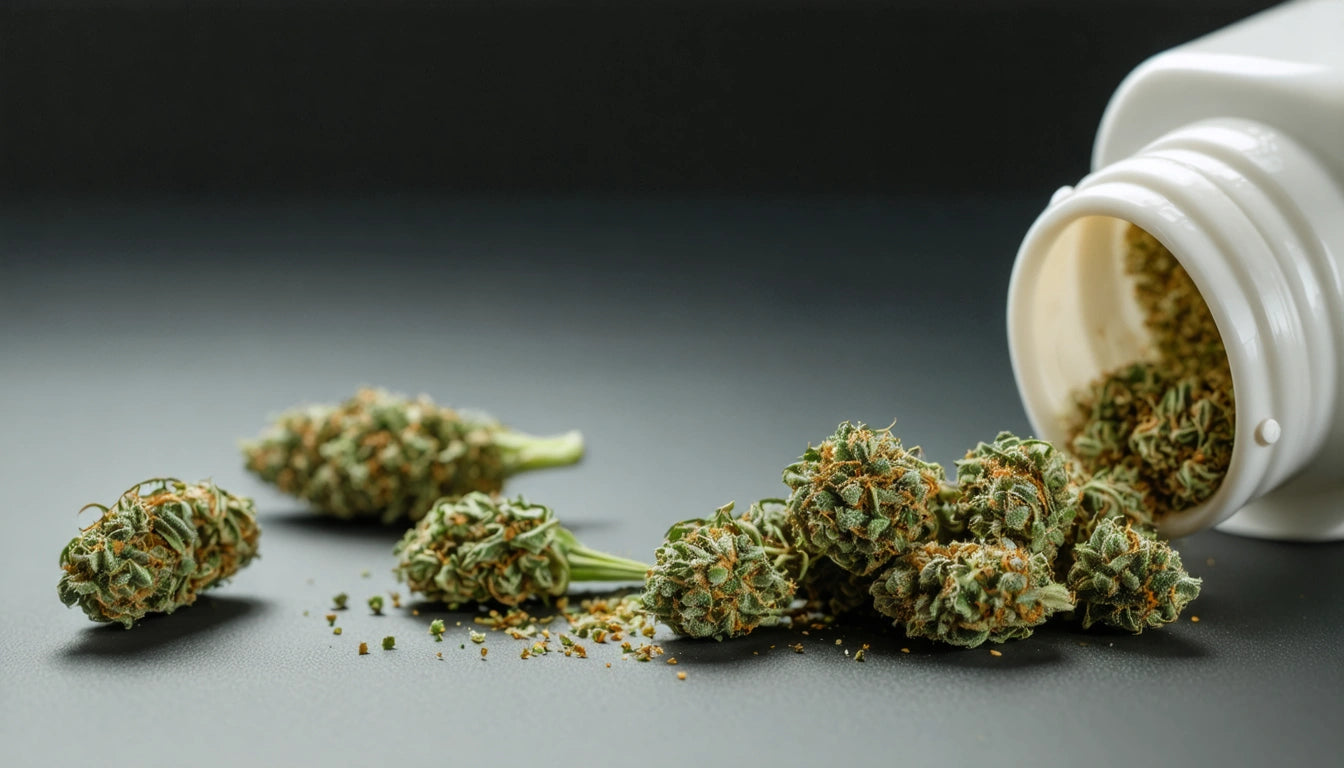Table of Contents
In the cannabis industry, testing is a critical component of quality assurance and regulatory compliance. Understanding the difference between batch testing and product testing helps producers optimize their quality control processes while meeting legal requirements. Each approach serves distinct purposes and comes with unique advantages and limitations.
Fundamentals of Cannabis Testing
Cannabis testing verifies the safety, potency, and quality of products before they reach consumers. These tests typically screen for cannabinoid content, terpene profiles, pesticides, heavy metals, residual solvents, microbial contaminants, and more. The certificate of analysis (COA) documents these results, providing transparency about product composition.
Before diving into the differences between testing approaches, it's important to understand that proper storage conditions affect sample integrity. Many producers use humidity control solutions to maintain optimal moisture levels in their cannabis before testing, ensuring more consistent and accurate results.
Batch Testing Approach
Definition and Methodology
Batch testing involves analyzing representative samples from a defined production batch. A batch typically consists of cannabis products manufactured together under the same conditions using the same inputs. For flower products, this might mean plants grown in the same room, harvested simultaneously, and processed identically.
Advantages of Batch Testing
- Cost-effective for large production volumes
- Streamlined process for regulatory compliance
- Consistent quality assessment across similar products
- Reduced time to market when compared to individual product testing
According to cannabis testing experts, batch testing works well when production processes are standardized and homogeneous. The key assumption is that testing a representative sample provides reliable information about the entire batch.
Product Testing Methodology
Definition and Approach
Product testing examines individual finished products rather than representative samples from a batch. This means testing occurs after packaging and processing are complete, evaluating the exact product that consumers will receive.
Benefits of Product Testing
- Greater accuracy for individual product characteristics
- Better quality assurance for diverse product lines
- Reduced risk of compliance issues from batch variations
- Enhanced consumer confidence in product specifications
Product testing is particularly valuable for edibles and extracts, where processing can introduce significant variations in potency and composition. It provides precise information about each product's specific attributes.
Regulatory Requirements
Testing requirements vary significantly by jurisdiction. Some states mandate batch testing while others require product-level analysis for certain categories. State-specific regulations dictate sample sizes, testing frequencies, and which analytes must be screened.
Most regulatory frameworks define acceptable batch sizes and sampling protocols. For instance, California might allow flower batches up to 50 pounds, while other states set different limits. Understanding these requirements is essential for compliance planning.
Cost and Efficiency Considerations
Economic Impact of Testing Choices
Testing represents a significant operational expense for cannabis businesses. Batch testing typically costs less overall since fewer tests are required for the same production volume. Product testing, while more thorough, multiplies testing expenses considerably.
Balancing Quality and Costs
Many producers implement a hybrid approach, using batch testing for standard products and product-level testing for premium lines or complex formulations. This strategy optimizes both quality assurance and operational efficiency.
The accuracy of potency testing directly impacts brand reputation and consumer trust. Investing in thorough testing can prevent costly recalls and compliance violations that might occur with less rigorous approaches.
Strategic Testing Decisions for Cannabis Businesses
When deciding between batch and product testing, cannabis businesses should consider several factors:
- Product type and complexity
- Production volume and scale
- Regulatory requirements in target markets
- Budget constraints and quality standards
- Consumer expectations and brand positioning
Many businesses find value in working with third-party testing labs that can advise on optimal testing strategies while providing independent verification of results. These partnerships help navigate the complex landscape of cannabis testing while building consumer trust.
Understanding how to interpret test results is equally important. The data from testing should inform product development, quality improvement, and marketing claims. When properly leveraged, testing data becomes a valuable business asset rather than just a compliance requirement.
As the cannabis industry matures, testing protocols will likely evolve to balance consumer safety, regulatory compliance, and operational efficiency. Forward-thinking businesses are already developing comprehensive testing strategies that go beyond minimum requirements to ensure consistent quality and build brand trust.











Leave a comment
All comments are moderated before being published.
This site is protected by hCaptcha and the hCaptcha Privacy Policy and Terms of Service apply.